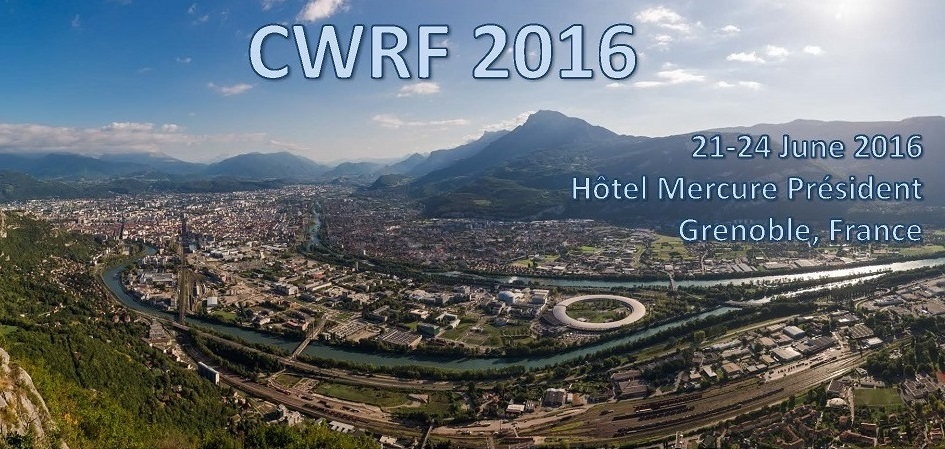Speaker
Description
The European Spallation Source (ESS) will be the world’s most powerful pulsed neutron source by the end of the decade. The ESS linac will accelerate a proton beam current of 62.5 mA to 2 GeV. The beam pulse width is 2.86 ms long and the pulse repetition frequency is 14 Hz, producing a proton beam with 5 MW average power and 125 MW peak power. The acceleration will be provided by 155 cavities. According to the base line design for ESS, there will be one RF system per cavity. Hence there will be 155 RF systems.
According to energy recovery plans, klystron and IOT collectors as well as anodes of the tetrodes will be cooled by hot water (minimum inlet temperature ≥ 50oC). The loads are also put on high temperature cooling circuit to simplify the energy recovery. To understand the effect of hot water cooling of load on the operation of amplifier, high power model of isolator is developed. The high power model also takes into consideration the effect of finite load return loss and the finite directivity of the circulator.
The paper discusses the possible effect of load technology and load return loss on the operation of high power amplifiers.
